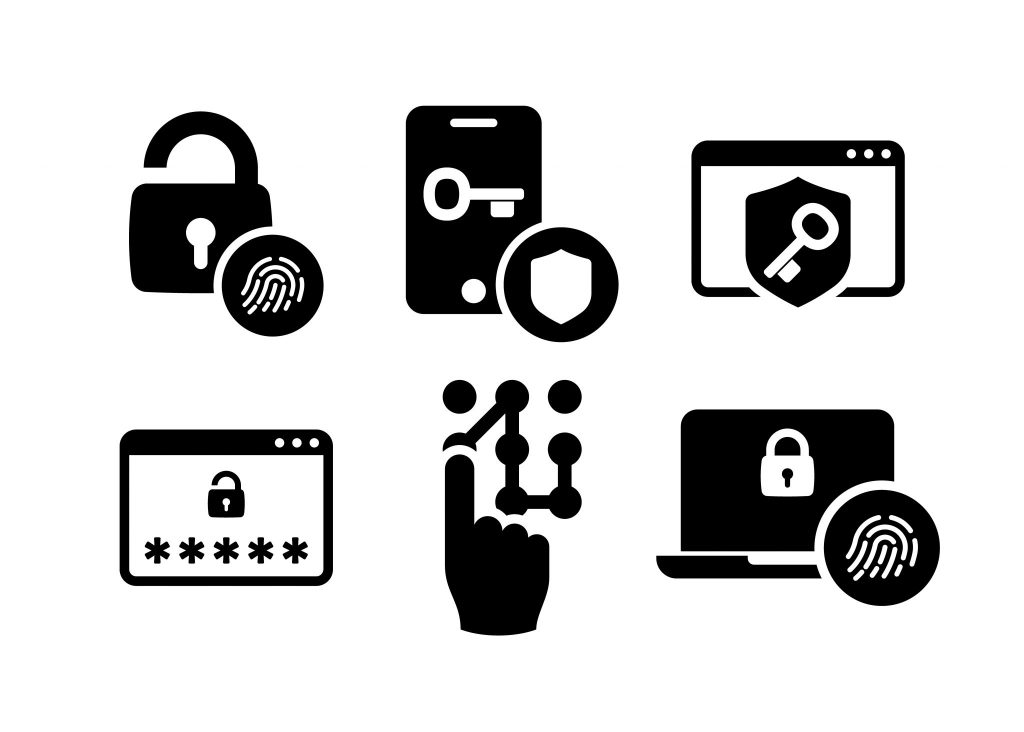Almost everyone is using cloud services either directly or indirectly. Companies are relying on cloud services to store their valuable information, perform business operations, and to host applications. Individuals save their photos, videos, and documents to the cloud sometimes without knowing they are doing it. But for businesses, while there are several cloud platforms available, Amazon’s AWS is No. 1 in the cloud infrastructure segment. AWS is not only very easy to learn, but it is also easy to customize for an array of business needs. But with the growing usage, vulnerabilities and cyberthreats associated with any IT product also increase. And accordingly, while AWS’s built-in security is robust, it is not enough.
When using AWS infrastructure, the responsibilities and duties of securing the infrastructure are shared between Amazon and the client. The distribution of responsibilities is clearly outlined by the company. While Amazon takes care of the hardware and infrastructure, customers need to take the responsibility of securing their data, client-side encryption, and identity and access management functions.
Even a tiny human error such as a misconfiguration or negligence in securing the cloud platform can result in disastrous scenarios for a company. Don’t let this happen to you! Here are the best practices for increasing your AWS cloud security.
Security groups

A security group in AWS acts as the first point of defense in protecting against cyberattacks. They can be considered as virtual firewalls that control all the inbound and outbound traffic at the protocols and port access levels. We can define rules to configure these security groups to filter traffic coming into and out of the cloud instances.
Often, data might be associated with an open IP port and is open to public access, which can be disastrous. Therefore, it is advised to close all the IP ports unless absolutely necessary. But too much of a good thing can be bad: Having a large number of security groups can be tough to manage and monitor. Therefore, if certain security groups are not used anymore or are not linked to any instances, it is advisable to remove them from the system.
Identity and Access Management
Identity and Access Management (IAM) is a crucial aspect in AWS or in any other cloud service. Multifactor authentication (MFA) needs to be implemented along with IAM to safeguard critical data from attackers. It is advisable to have multiple IAM users with a varied degree of control and permissions for security reasons. All the security tokens and credentials associated with IAM need to be periodically updated or changed in order to stay secure. Companies need to make sure to remove unused IAM users or accounts on a timely basis.

Security model
Most cloud users often design and develop a separate security model for the cloud infrastructure as it resides outside the company’s perimeter. However, the fact is, although cloud infrastructure is out of the company’s perimeter, all the roles and responsibilities are still the same. This means it is a good practice to use the same security model used within the organization.
Having a unified security group can provide many benefits such as ease of management. Users also benefit from several other uses such as extending the already existing Active Directory roles and privileges to AWS.
Handle root concerns
It is highly recommended to avoid using root permissions unless absolutely necessary. Root access in AWS has unrestricted access to almost everything and all the resources in the AWS account. By restricting the total number of root accesses granted, security risks can be significantly controlled.
The principle of least privilege is also a very effective means of handling permissions and access-related concerns. Implementing cross-platform privilege management for AWS consoles and instances can also help in handling the permissions and root access-related concerns. Companies can also configure filters and alarms to give real-time insights into root access usages. These filters can be very beneficial in having real-time monitoring and logging of root access being used across the system.
CloudTrail
Misconfigurations and errors are pretty common in the world of IT and AWS is no exception. Once a misconfiguration goes live, there could be several possible implications as it can serve as a severe security threat. AWS CloudTrail is a web service offered by Amazon, that can serve as an effective means of keeping a track of all the activities. CloudTrail records and logs all the API calls made and saves them in S3 buckets.

CloudTrail serves as an easy means of tracing back the changes made and gives detailed visualization about user activities. It can also be used to demonstrate compliance and serve as a knowledge base to troubleshoot issues and more.
Domain and service log expiry
Domain and service logs are some of the essentials that need to be given priority before they actually expire. AWS users can enable service log expiration for each log to ensure that no expiration dates are missed. One can also use these logs to monitor the domain expiry date and renew a domain before it expires.
Ensure accountability
Shared privileged accounts are the dark side in a cloud environment as they are anonymous. Organizations need to make sure that all the active accounts are 100 percent accounted for. AWS also provides an easy means of managing entitlements and the activity logs centrally. This can be weaponized to ensure accountability.
Use multifactor authentication
Out of all the AWS cloud security best practices, multifactor authentication is unarguably the easiest to configure. Multifactor authentication is now widely used across various platforms, and it serves the purpose of keeping the intruders away. Amazon itself recommends that multifactor authentication should be used all the time.

AWS provides an easy means of enabling MFA to users and to system administrators to enable MFA in bulk. System administrators can also monitor and ensure if all the users are enabled with MFA or not. AWS also provides an option to force MFA on to the devices and users for security purposes.
AWS cloud security: No excuses to stay safe
All these aspects are some among the various other security measures to secure your AWS cloud infrastructure. Additionally, AWS offers a plethora of security services and tools to stay safe and secure. On top of all these security practices, all other IT security practices should also be considered to safeguard your AWS environment.
Featured image: Pixabay



